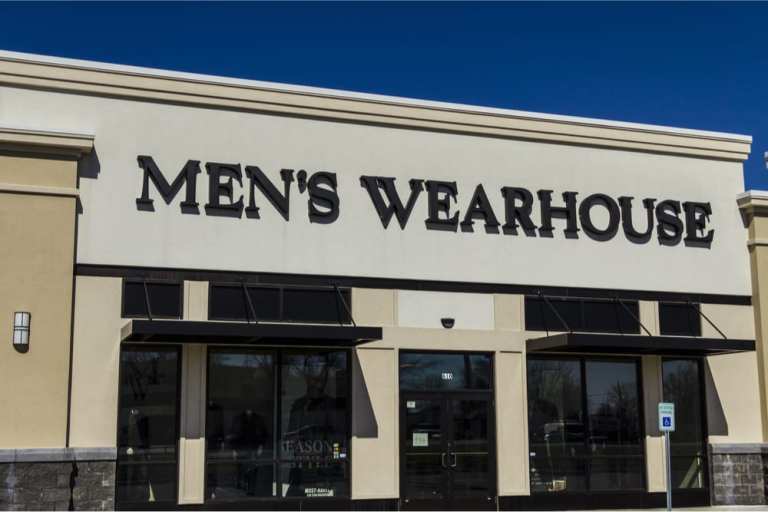
As many retailers shutter brick-and-mortar stores while others invest in their online outlets, Men’s Wearhouse has renovated what it calls a next-generation store north of Houston, Texas.
The streamlined design incorporates digital elements to suit tech-savvy customers, the Houston Chronicle reported.
The Fremont, California-based division of Tailored Brands said it partnered with Nelson Worldwide, the Minneapolis-based architecture and design firm, to create a layout that is easy for customers to navigate.
Tailored Brands, based in Houston, said it reduced the amount of merchandise in an effort to give the store a modern contemporary look.
In addition to its clothing rental and retail departments, the 6,425-square-foot store also features a glassed vault for stocking products off the main sales floor.
The test store, in the Portofino Shopping Center in Shenandoah, will serve as a test for new concepts, the newspaper reported. If successful, it could be rolled out to other locations.
As with its competitors, shoppers can make their purchases online and pick them up in store with curbside pickup, and experience hands-free fitting.
“We know that menswear retail is changing rapidly, driven by customers that are digitally connected, in control, and expecting zero friction as they seamlessly engage in digital and physical environments, often simultaneously,” said Carrie Ask, chief customer officer for Tailored Brands, in a statement. “In addition to broader retail industry shifts to online, as well as personalization and customization, menswear customers are changing the way they dress, how they engage and shop and what they expect from a brand.”
In 2014, Men’s Wearhouse acquired JoS. A. Bank, the men’s clothing company, and formed Tailored Brands. The merger was meant to unite the two retail companies and capture a bigger share of the market of budget-conscious suit buyers and renters.
The company has 1,400 stores, 18,000 employees and annual sales of $3.5 billion, the company said.
But last month, Tailored Brands filed for bankruptcy protection, the victim of the pandemic that shut down its stores and the stay-at-home culture that has made formal and casual office wear obsolete, at least for now.
In its filing the company said it will try to slash its debt by at least $630 million.
“We remain confident that … our enduring commitment to help customers look and feel their best will allow us to overcome the challenges of COVID-19,” CEO Dinesh Lathi said in a statement at the time.